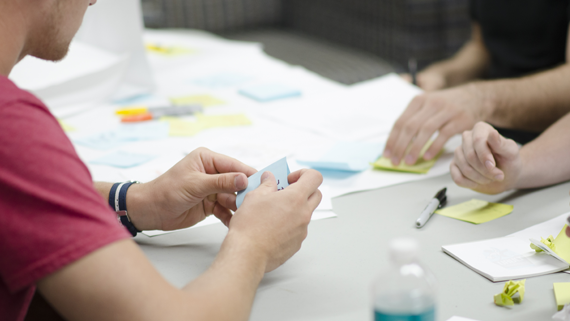Innovation - a catalyst for change
Real innovation must be replicable at an economical cost and must satisfy a specific need. Innovation involves deliberate application of information, imagination and initiative in deriving greater or different values from resources, and includes all processes by which new ideas are generated and converted into useful services or products. In business, innovation often results when ideas are applied by a company in order to further satisfy the needs and expectations of the customers. In a social context, innovation helps create new methods for alliance creation, joint venturing, flexible work hours, and creation of buyers’ purchasing power. Innovations can be divided into two broad categories:
- Evolutionary innovations (continuous or dynamic evolutionary innovation) that are brought about by many incremental advances in technology or processes
- Revolutionary innovations (also called discontinuous innovations) which are often disruptive and new
Innovation is synonymous with risk-taking and organisations that create revolutionary services or technologies take on the greatest risk because they can fail.









Comments
No comment yet.